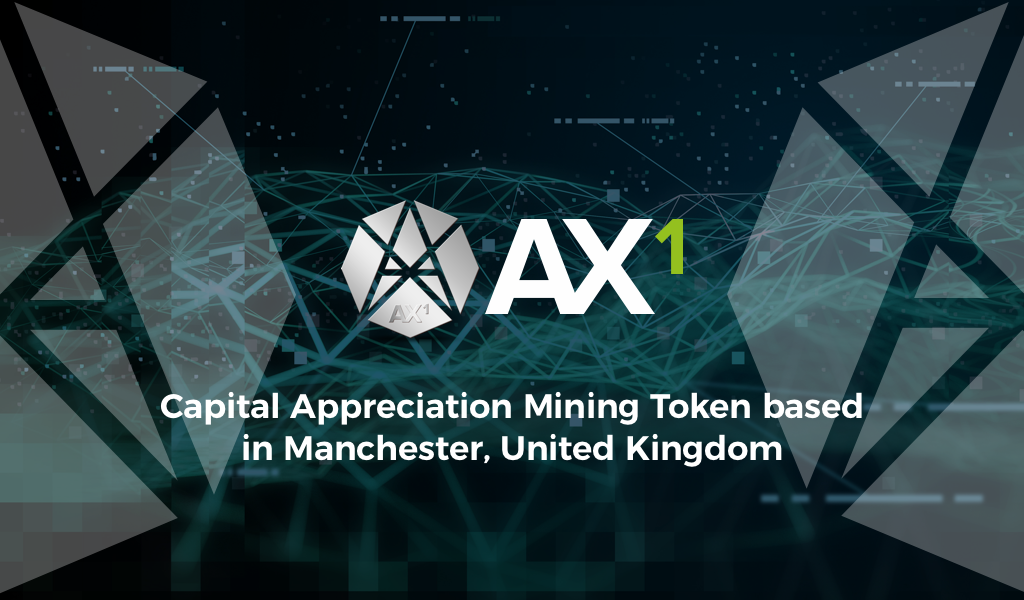An introduction to Cryptocurrency Mining
To explain the mining process of the cryptocurrency industry, we must first understand the basics of how blockchain technology works.
Unlike fiat currencies, Bitcoin, the leading cryptocurrency, does not use a centralised bank or organisation to manage its ledger of transactions. Instead, it relies solely upon a decentralised ledger. This ledger is commonly referred to as the blockchain. Being decentralised, one might assume that this would pose a security risk. But this is not the case — partly because of mining.
Mining is a central part of the success of the blockchain process, as well as providing a second layer of security in the form of validation of every transaction, hat takes place. Because cryptocurrencies are decentralised, no central server exists to log each transaction. Yet, without lots of computing power, the ledger could not operate. Instead, the cryptocurrencies rely on the combined power of many computers across the globe. In return for lending their computers to the common cause, users (the miners) are incentivised with a reward system, whereby they could earn payment if they are able to validate transactions and solve a computationally difficult problem before any of the other miners.
Most blockchains use a Proof of Work (PoW) process to ensure that each block, or transaction, is legitimate. The validation is carried out by a ‘miner’, the miners verify each transaction using the previous balance of the users in the existing blockchain. Once validated the miner attempts to add the validated transactions to the blockchain, when they have a certain amount of transactions in a block they then work to hash this block. The miner must prove he has solved a certain computationally difficult problem, (this problem is designed to take an average computer years to solve) miners compete to solve the problem and the first miner to provide the hash then adds the block to the chain. When the problem is solved, the transaction is processed and a block reward is released which pays the miner. The block reward varies dependent on the cryptocurrency. At the time of writing the block reward for Bitcoin is 12.5 BTC You may think that handing out “free” coins would diminish the value of the coins.
Bitcoin, though, has solved this problem by deciding to cap the number of coins in circulation at 21 million. When all the bitcoins are in circulation, the miners may then receive their income from transaction fees rather than new coins. A transaction fee system is already the preferred method of payment for some other blockchains, such as Ethereum, rather than introducing new coins.
AX1 is creating a mining pool, which is a network of computers in our data centre. The collective processing power of this will enable a larger chance of solving the hashing problem first and will thus increase the chances of the AX1 community reaping greater rewards.
To find out more about AX1 and subscribe to updates visit https://ax1.io
Good explanation, a bit of formatting would be helpful. Thanks for sharing anyway
thank you and thanks for the feedback on the formatting i will make sure i do this for AX1's next post